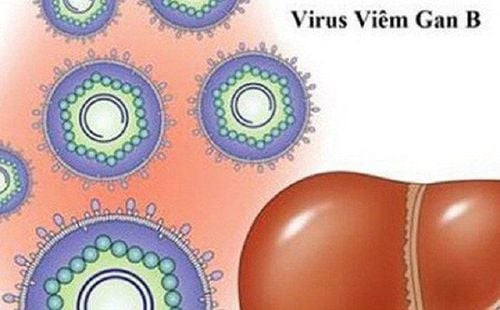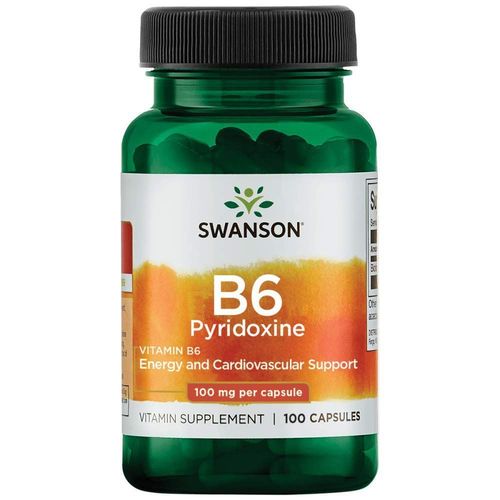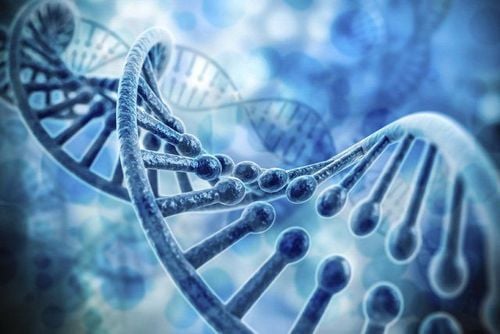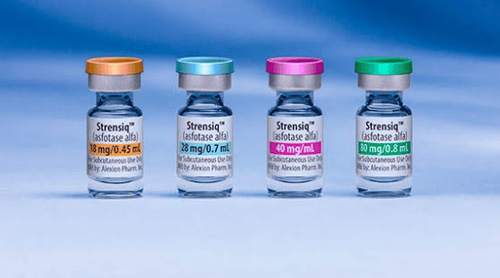This is an automatically translated article.
Perisoxome disorders are a group of inherited metabolic disorders that occur when peroxisomes are missing or not working well. Perisoxome disorders occur when parents pass these defective genes to their children.
1. What is perisoxome metabolic disorder?
Perisoxomers are subcellular organelles that vary in diameter from 0.05 to 0.5 microns and are present in all cells, except erythrocytes. The highest concentrations of perisoxome are in the liver and kidneys. Although they are not present in mature erythrocytes, they are present in the early stages of erythrocyte development when membranes are formed. In a way, they are like the organelles of the cell. Perisoxomers contain chemicals called enzymes, such as catalase and peroxidase, that help the body break down (metabolize) fatty acids and hydrogen peroxide. When enzymes don't work correctly, fatty acids and hydrogen peroxide build up, causing damage in many areas of the body.
There are different types of genetic disorders. In most perisoxome disorders, both the father and mother of the affected child carry an abnormal gene. Because normally two abnormal genes are needed for the disorder to occur, usually neither parent has the disorder. Several peroxisomal disorders are on the X chromosome, meaning that only one abnormal gene can cause the disorder in boys.
2. Perisoxome metabolic disorders
You may hear perisoxome disorder called by other names, including Zellweger syndrome (ZS), neonatal proliferative dystrophy (NALD), infant Refsum's disease (IRD), and Heimler syndrome . In recent years, these disorders, formerly grouped as separate diseases, are now known to have a continuum with varying degrees of disease severity.
As understanding of this disorder has increased, there has been a shift in the original classification of the disease toward sorting by disease severity, from most severe (Zellweger syndrome), medium moderate (infant proliferative dystrophy) and mild (infant Refsum's disease and Heimler syndrome).
Zellweger syndrome (ZS), neonatal adrenal leukodystrophy, and neonatal Refsum's disease (IRD): These 3 disorders are in a group of conditions known as Zellweger spectrum disorders that have symptoms symptoms overlap and affect many parts of the body. Zellweger syndrome is the most severe form and Refsum's disease in infants is the least severe form. Zellweger syndrome and adrenocortical leukodystrophy occur in neonates. Refsum disease occurs later, even in adulthood, in some people. Symptoms of these disorders can include distinctive facial features, brain and spinal cord defects, destruction of tissues surrounding nerves, seizures (in infants), and weak muscle tone (hypotonicity). Children may have an enlarged liver and kidney cysts, short limbs, a specific bone abnormality called chondrodysplasia punctata (affects the growth of long bones), cataracts, abnormal growths often of the blood vessels in the eye (retinopathy), hearing loss and weakness, numbness and pain in the hands and feet. Physical activity such as movement and speech is slowed. Refsum's disease: In this disorder, phytanic acid, a product of fat metabolism, builds up in tissues. The accumulation of phytanic acid leads to nerve and retina damage, hearing loss, loss of smell (anemia), spastic movements, and changes in bones and skin. Doctors diagnose Refsum by testing blood to determine if phytanic acid levels are elevated. Rhizomelic chondrodysplasia punctata: A condition that impairs the normal development of many parts of the body. Key features of this disorder include skeletal abnormalities, distinctive facial features, intellectual disability, and breathing problems.
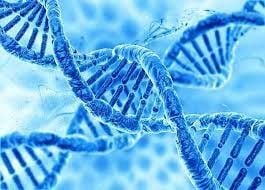
Rối loạn chuyển hoá perisoxome là một nhóm các rối loạn chuyển hóa di truyền
3. Signs of perisoxome metabolic disorder
The symptoms of perisoxome disorders vary widely from patient to patient.
Some of the prominent symptoms of perisoxome disorders include hearing and vision loss, decreased muscle tone, neurological problems, seizures, developmental delays, eating problems, adrenal insufficiency nephropathy, leukemic dystrophy, liver, kidney and bone disease.
Some patients with a perisoxome disorder will have some form of craniofacial differentiation such as a high forehead, wide nasal bridge, low ears, neural folds or large fontanelle. Early symptoms in infants can be low muscle tone, seizures, apnea, difficulty hearing and seeing, and inability to eat.
4. Causes of perisoxome metabolic disorders
Perisoxome metabolic disorder is inherited in an autosomal recessive fashion, which means that both parents of the patient must carry the recessive gene for the patient to have this disorder. These mutations cause one of two main types of perisoxome disorders:
Single Enzyme/Protein deficiency, affecting the function of one of the many enzymes or another protein in the perisoxome; Disturbances in perisoxome development, affecting the overall assembly and function of the entire perisoxome. Blood tests to look for biochemical markers of perisoxome disorders can be used to diagnose the disease. The doctor can perform the sequencing of the patient's DNA and identify mutations.

Một số triệu chứng nổi bật của rối loạn chuyển hoá perisoxome bao gồm chậm phát triển
5. Treatment of metabolic disorders perisoxome
Currently, there is no effective treatment for perisoxome metabolic disorders. Instead, managing and treating symptoms is crucial to helping patients with perisoxome disorders live longer, healthier lives. A team of specialists to help treat symptoms may include pediatricians, endocrinologists, neurologists, physical therapists, speech therapists, special education teachers, and medical professionals. in particular, ophthalmologists and otolaryngologists. Clinical trials are currently underway to better understand these disorders with the hope that future treatments will be helpful for many of the symptoms of perisomal disorders.
In a nutshell, perisoxome disorders are a group of inherited metabolic disorders that occur when peroxisomes are missing or not working properly. Therefore, when noticing unusual signs and symptoms in children, parents need to take their children to a reputable medical facility for proper diagnosis and treatment.
Currently, the Pediatrics Department at Vinmec International General Hospital is trusted by many parents to examine the diseases that babies and children have. Vinmec brings satisfaction to customers and is highly appreciated by industry experts by:
Gathering a team of leading pediatricians: including leading experts with high professional qualifications ( professor, associate professor, doctorate, master), experienced, worked at major hospitals such as Bach Mai, 108... The doctors are well-trained, professional, conscientious - understanding and understanding young psychology. Besides domestic pediatricians, the Department of Pediatrics also has the participation of foreign experts (Japan, Singapore, Australia, USA) who are always pioneers in applying the latest and most effective treatment regimens. . Comprehensive services: In the field of Pediatrics, Vinmec provides a series of continuous medical examination and treatment services from Newborn to Pediatric and Vaccine,... according to international standards to help parents take care of their baby's health from birth to childhood. Advanced techniques: Vinmec has successfully deployed many specialized techniques to make the treatment of difficult diseases in Pediatrics more effective: neurosurgery - skull surgery, stem cell transplantation blood in cancer treatment. Professional care: In addition to understanding children's psychology, Vinmec also pays special attention to the children's play space, helping them to play comfortably and get used to the hospital's environment, cooperate in treatment, improve the efficiency of medical treatment.
Please dial HOTLINE for more information or register for an appointment HERE. Download MyVinmec app to make appointments faster and to manage your bookings easily.





